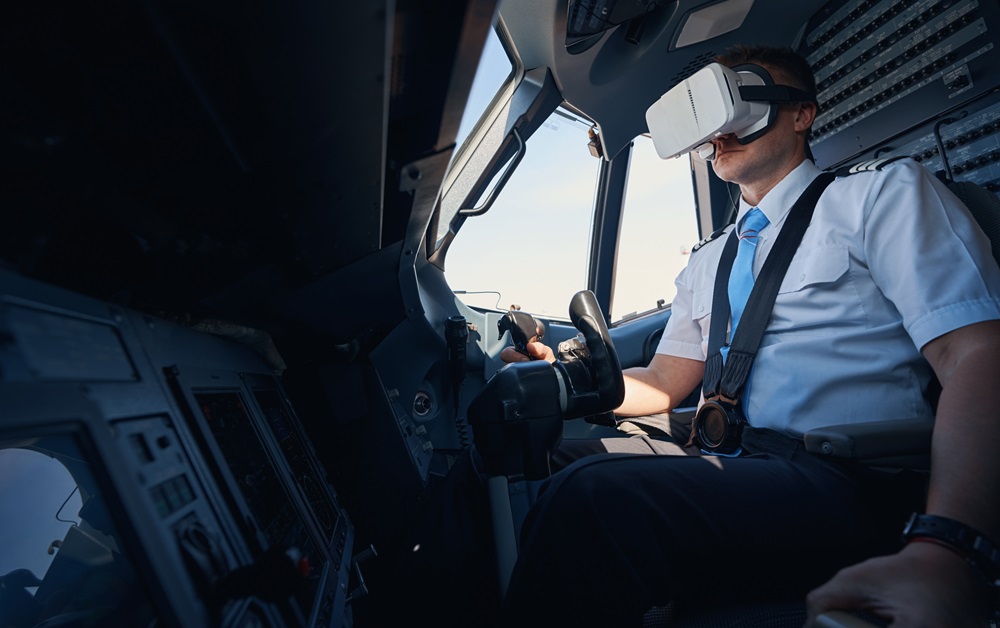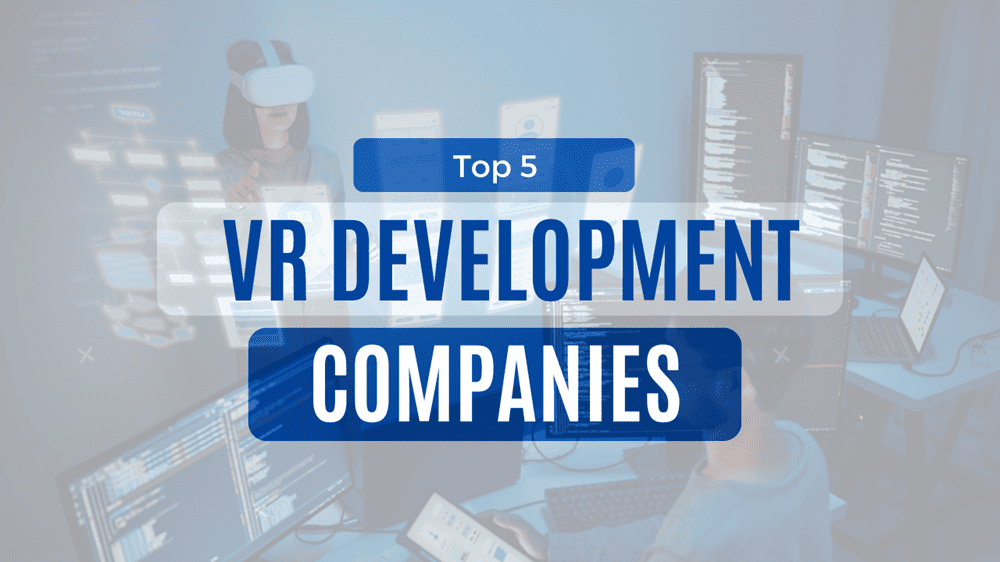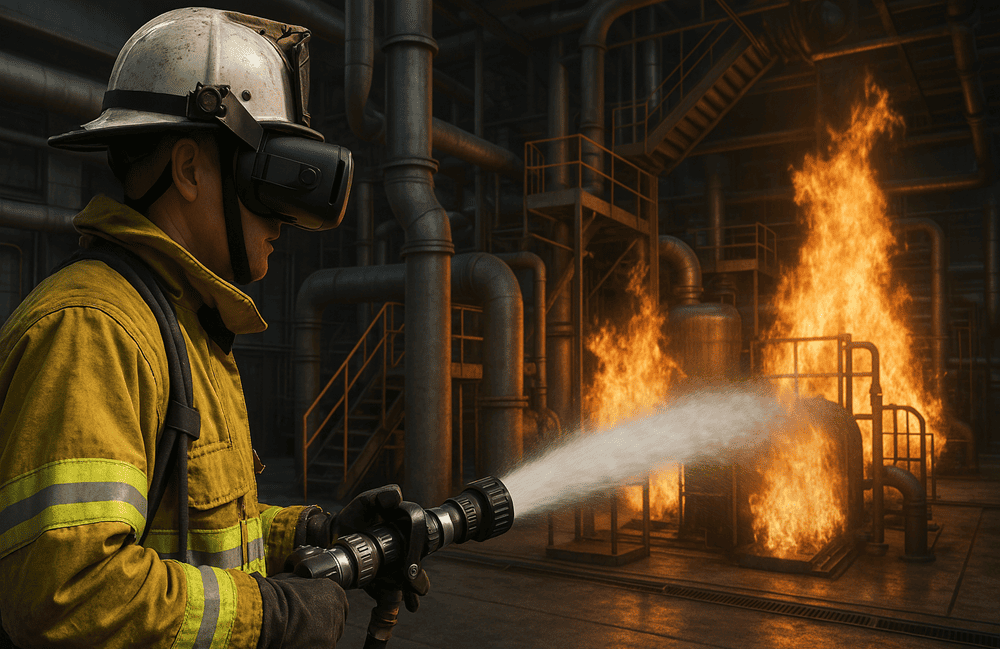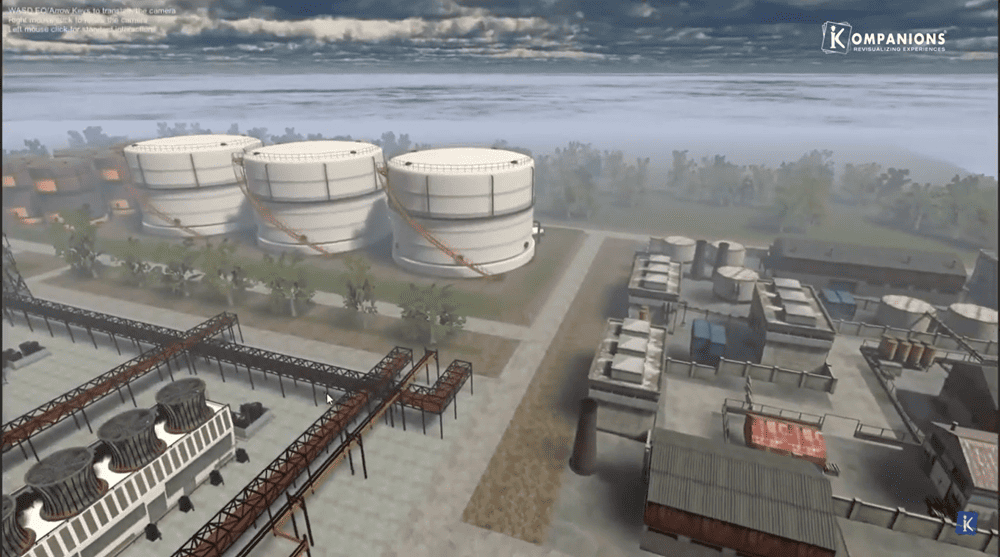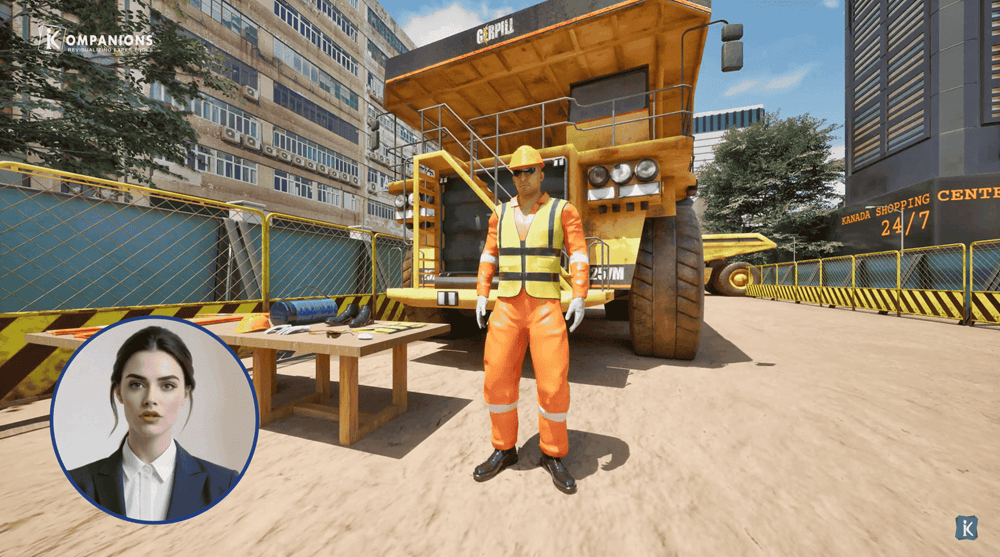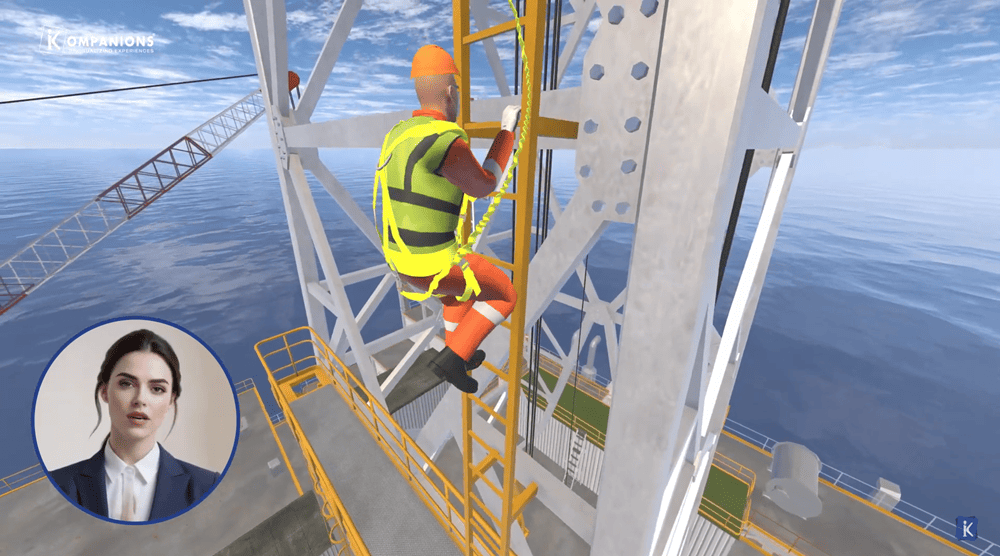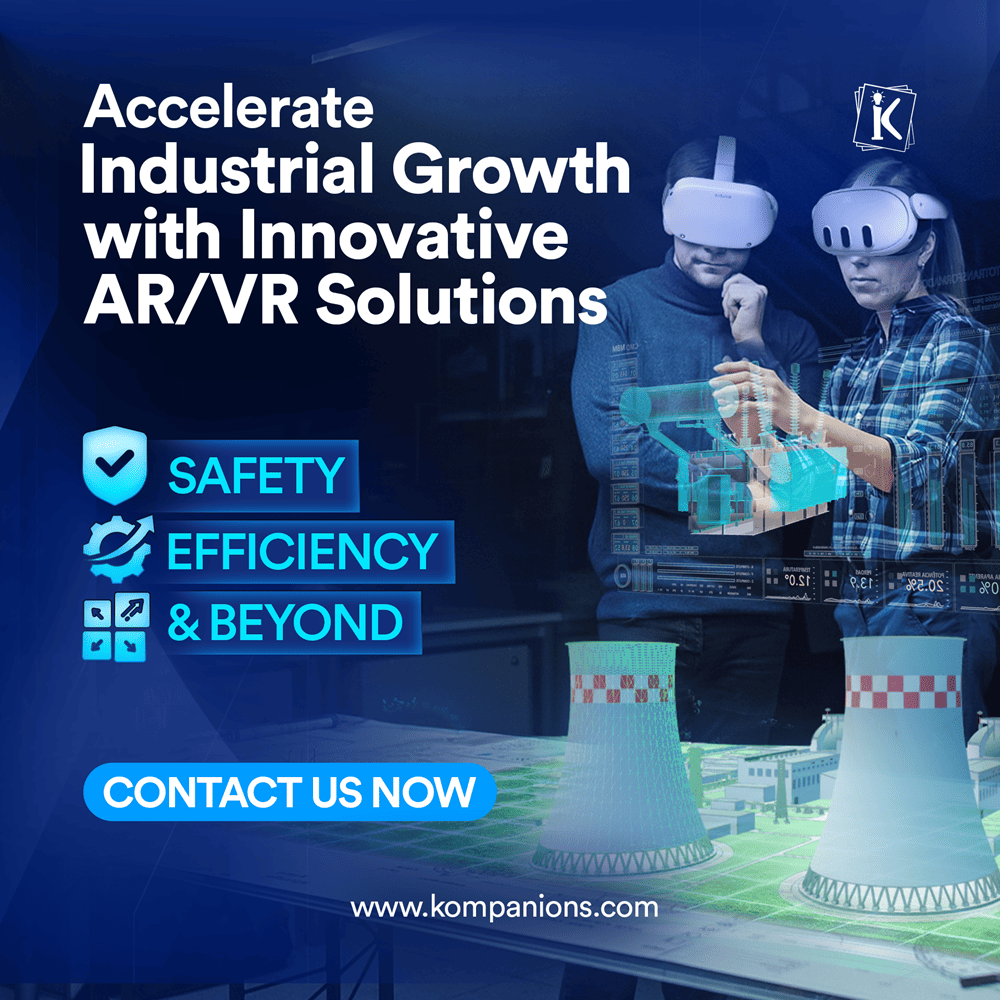Investing in VR for Pilot Flight Training and Aviation Success
Aviation is changing rapidly, and the reason for that is virtual reality. The biggest transformation is virtual reality in pilot training. It allows training under realistic, controlled conditions, putting pilots through a realistic scenario under cost-effective and risk-free conditions.
VR technology is affordable, better, and more immersive in terms of pilot training. This blog explores why to invest in VR-based training. It will discuss its benefits and its potential to revolutionize aviation success.
Why is VR Revolutionizing Pilot Training?
Traditional pilot training methods are costly and slow. They often depend on the availability of aircraft and simulators. VR for pilot training, however, provides a more flexible and scalable solution.
Virtual reality solutions can be important for flying schools, Air Force military schools, and airlines. Furthermore, virtual reality can be utilized to train not just pilots but also ground personnel and cabin crews.
VR puts trainees in realistic virtual environments. This lets pilots practice tough scenarios safely, avoid the risks and costs of real-world training, and ensure consistent training quality regardless of location. Trainees can access the same VR setups worldwide.
Additionally, airlines can benefit from:
- Reduced fuel consumption and maintenance costs for training aircraft.
- Flexible training schedules that don't require physical simulators.
- Safer practice environments for emergencies, such as engine failures or extreme weather.
- VR simulations assist in enhancing situational awareness
- Virtual Reality allows for interdisciplinary training.
How Virtual Reality Flight Simulators Work
VR aviation training is the basis of the VR flight simulator, which simulates actual flying conditions very closely. Researchers indicate that pilots' efficiency in training through simulators can increase by up to 40% in mastering crucial skills with reduced time.
Such simulators deliver an actual cockpit experience for the pilot, where the pilot will have to deal with complex instruments and environmental factors.
1. Realistic Cockpit Simulation
Pilots use a visual prototype of the cockpit, with its controls and displays. A recent Airbus study found that pilots who trained with VR simulators felt 30% more confident flying real aircraft.2. Emergency Scenario Training
Trainees can practice handling turbulence, technical issues, or emergency landings. This poses no risk to anyone. VR simulators can replicate 200 unique emergency scenarios. They prepare pilots for the unexpected.
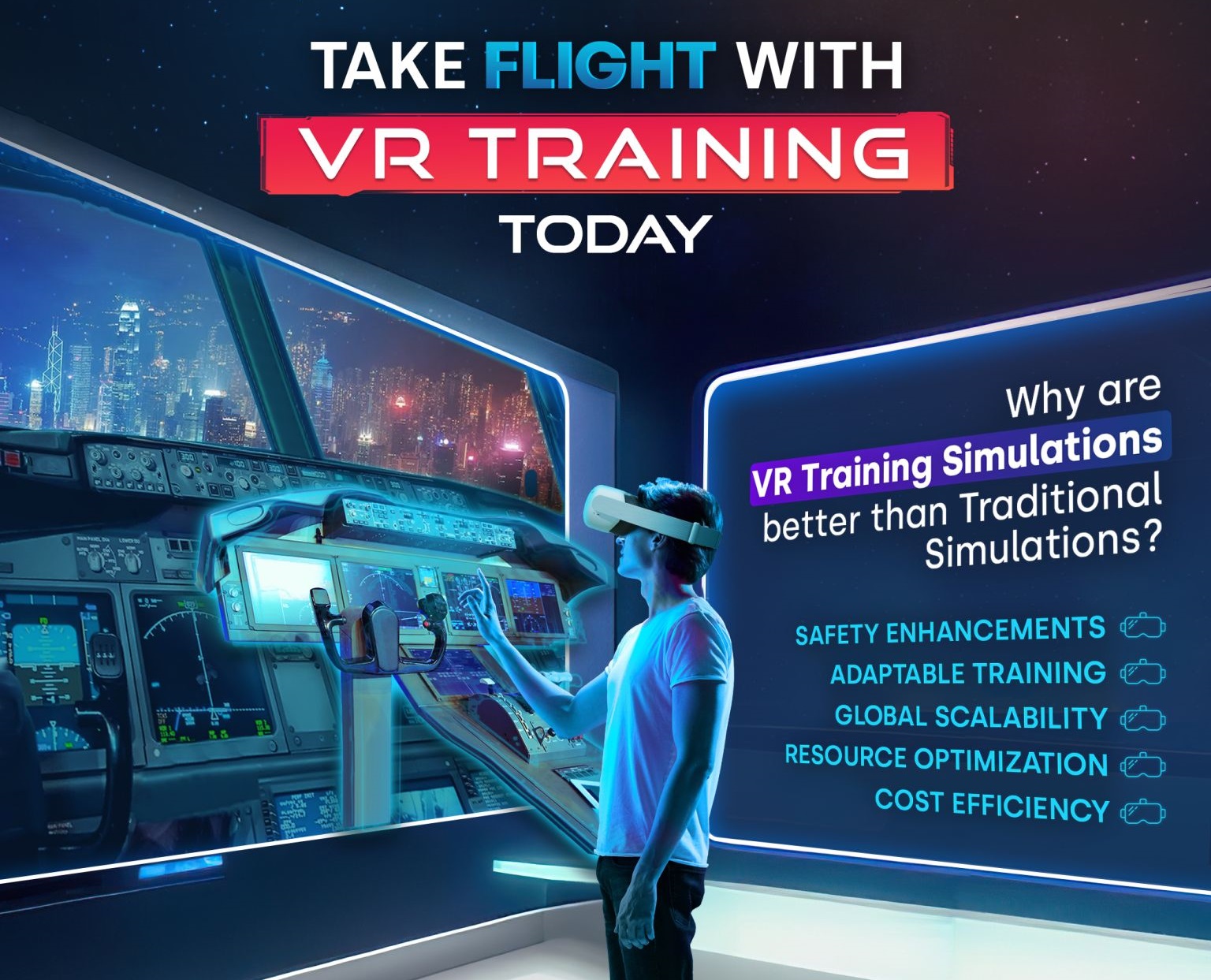
3. Data Analytics
The system tracks performance metrics like response time and accuracy. Trainers can use this data to improve learning outcomes by 20-25%. It will help them provide personalized feedback and tailor future sessions.
VR flight simulators prepare pilots for challenges in the air. They are a game-changer in aviation training.
Applications of Virtual Reality in Aviation Training
Virtual reality in aviation training is more than basic flight simulation. It is now used for various purposes, enhancing aviation safety and efficiency.
1. Aerospace Security Training VR
Aviation staff train in a virtual world. They learn to handle threats like hijackings and aircraft emergencies, including passenger and fire emergencies. VR-based training enhances situational awareness and response times by nearly 40% compared to conventional methods.
2. Crew Resource Management (CRM)
VR helps increase team coordination. It puts crews in high-pressure situations where they must communicate clearly and make quick decisions.
VR-based CRM training reduces human errors in aviation, which cause 70-80% of incidents. It lets crews practice in simulated, real-life conditions.
3. Navigation and Instrument Training
Pilots can practice in VR and use advanced navigation systems and cockpit instruments. This method boosts learning retention by 30-50%, cuts training costs by up to 30% by reducing the need for costly aircraft or simulators, and ensures pilots gain confidence and skills.
Challenges in Adopting VR Flight Training
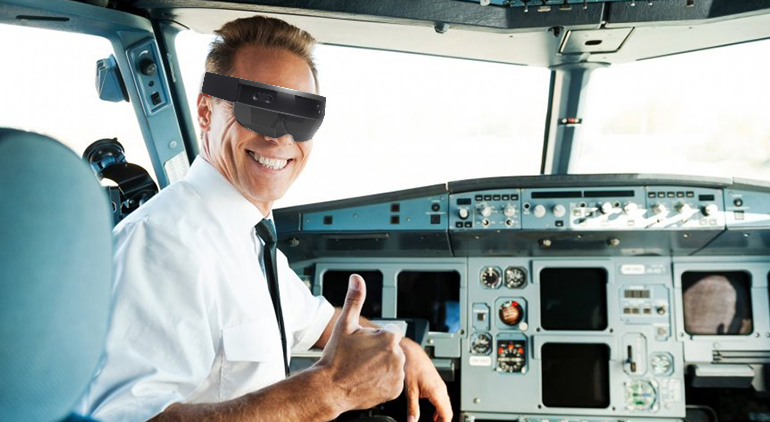
While VR is known for its advantages, its implementation may have some challenges. Some of the major challenges include:
1. Technological Limitations
Hyper-realistic simulations demand powerful hardware, including advanced computers and VR headsets. Studies show that 44% of firms considering VR adoption cite tech issues as a major barrier.
2. Resistance to Change
The aviation industry relies on proven training methods, which often leads to resistance from stakeholders hesitant to adopt new technologies.
Surveys show that 37% of aviation trainers are uneasy about replacing traditional simulators with VR. They doubt VR's effectiveness and reliability.
As VR systems become cheaper and easier to use, people are fixing these problems. Some systems now cost 20-30% less than a decade ago. Also, success stories from early adopters are helping to overcome resistance to change.
Why Invest in VR for Pilot Training?
The future of aviation lies in innovative technologies like VR and mixed reality. Integrating pilot training through mixed reality, for instance, combines the immersive benefits of VR with the tangible aspects of physical simulators, creating a comprehensive training approach.
Key reasons to invest in VR flight training include:
- Enhanced safety and preparedness for real-world challenges.
- Long-term cost savings from reduced reliance on physical aircraft and simulators.
- The ability to scale training programs across multiple locations.
Also, using VR tech early makes airlines industry leaders. It helps them attract top talent and stay competitive.
Comparing Traditional and VR Training: A Quick Overview
| Feature | Traditional Training | VR Training |
| Cost | High (fuel, aircraft maintenance) | Lower after the initial investment |
| Accessibility | Limited to training centers | Available anywhere with VR equipment |
| Safety | Real-world risks involved | Completely risk-free |
| Flexibility | Fixed schedules | Self-paced and customizable |
Bottom Line
VR for pilot flight training is not just a smart investment but also a need for modernizing the aviation industry. VR for pilot training and flight simulators can enhance aerospace security training, improve safety, lower costs, and help pilots prepare for various real-world challenges.
As VR technology continues to evolve, its part in aviation training will only advance. Suppose you're ready to improve your training, partner with Kompanions. Explore our customized VR solutions for aviation success.

